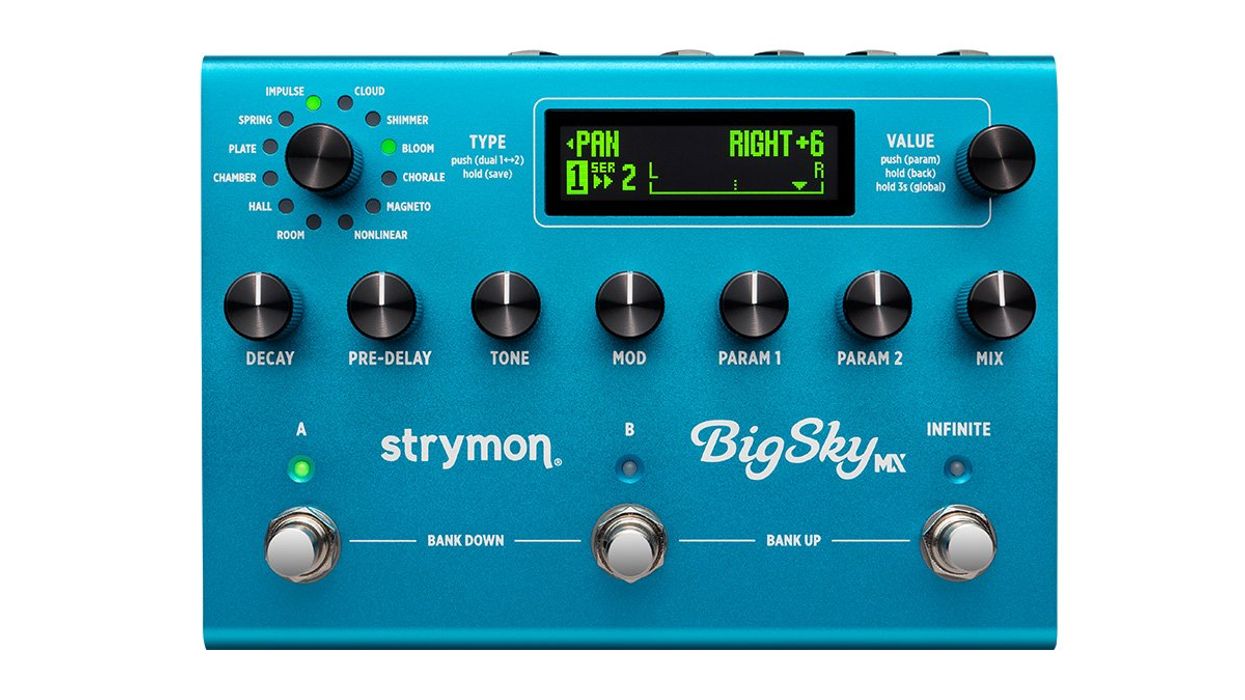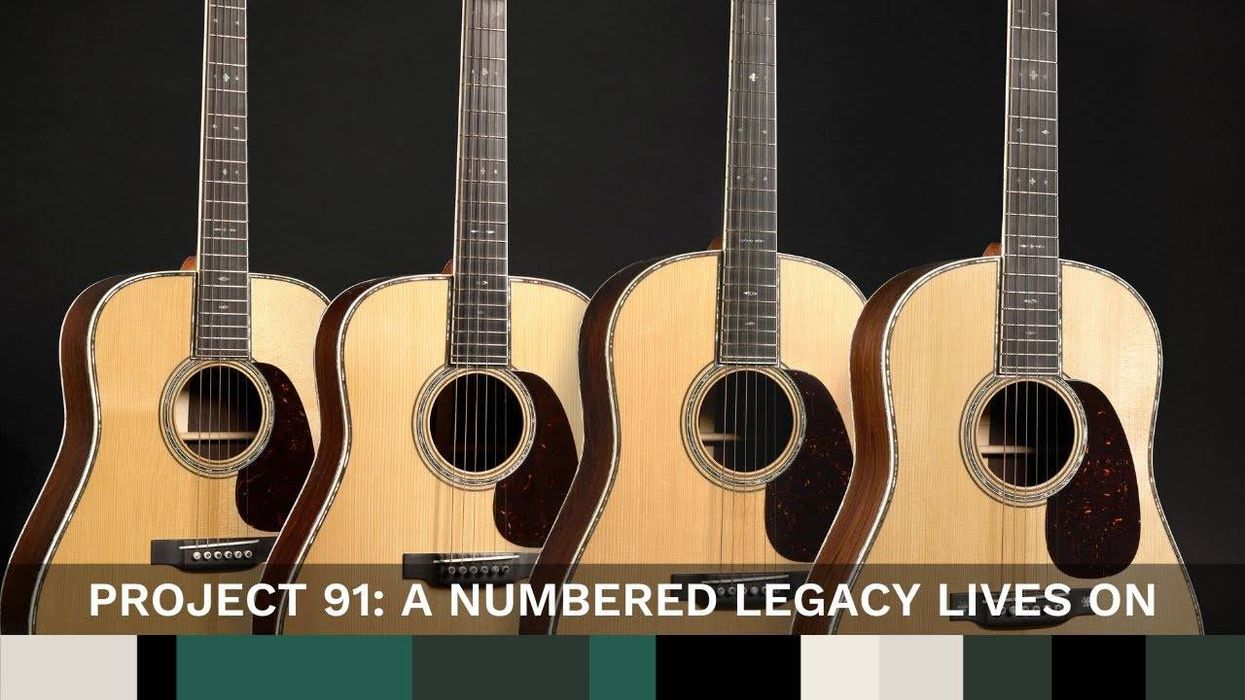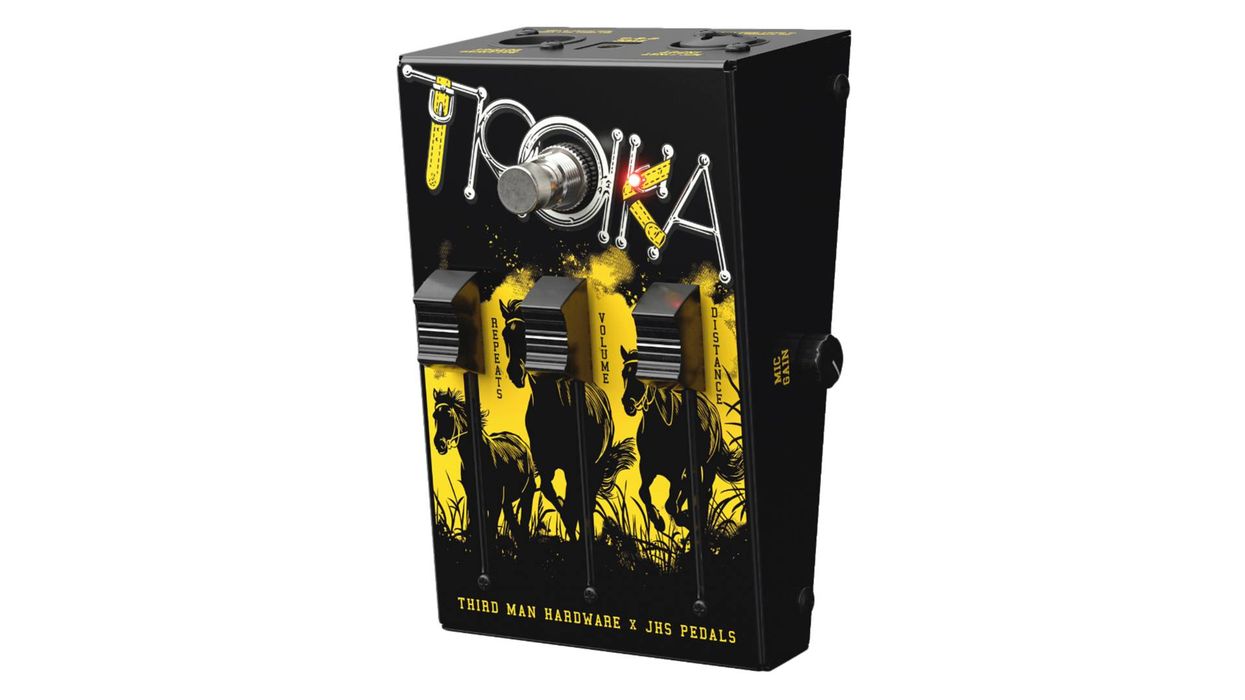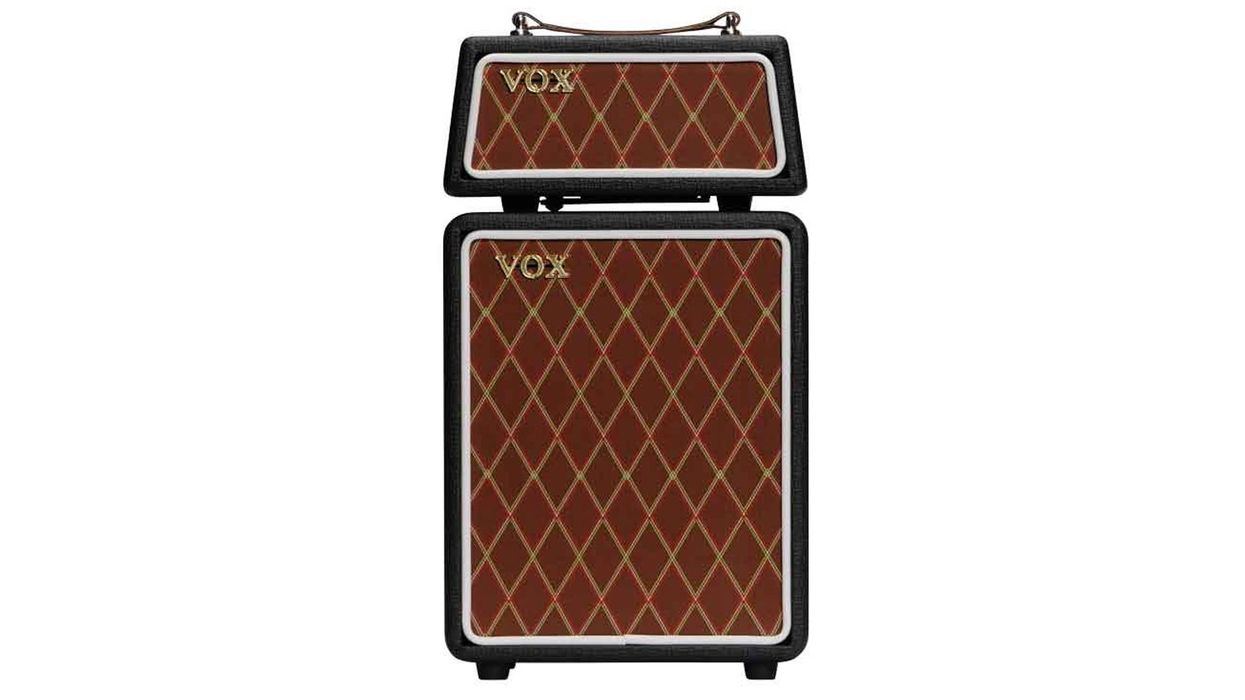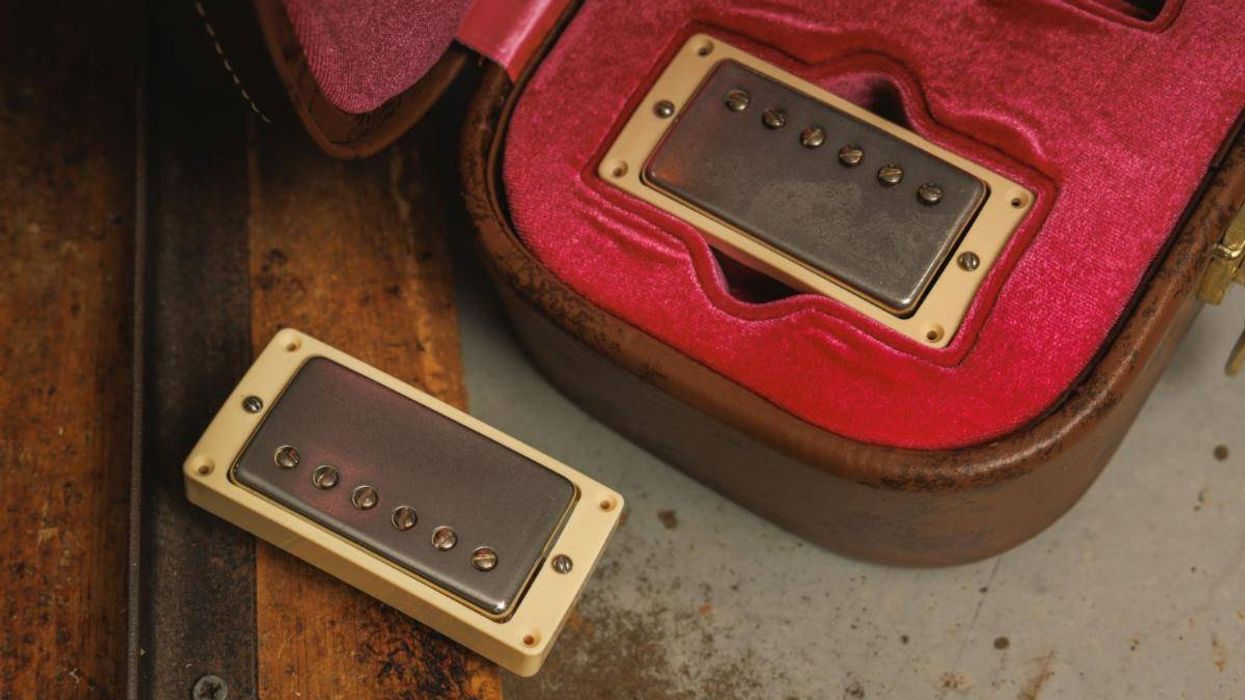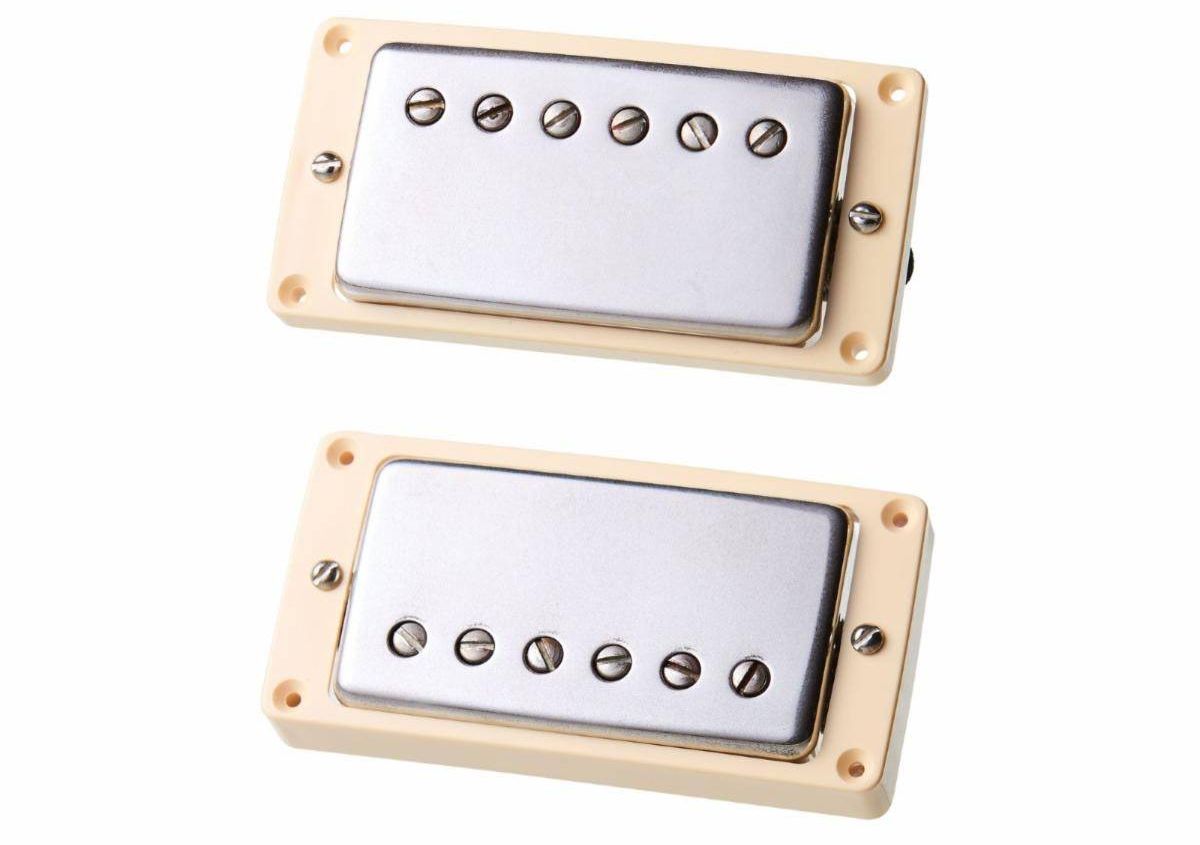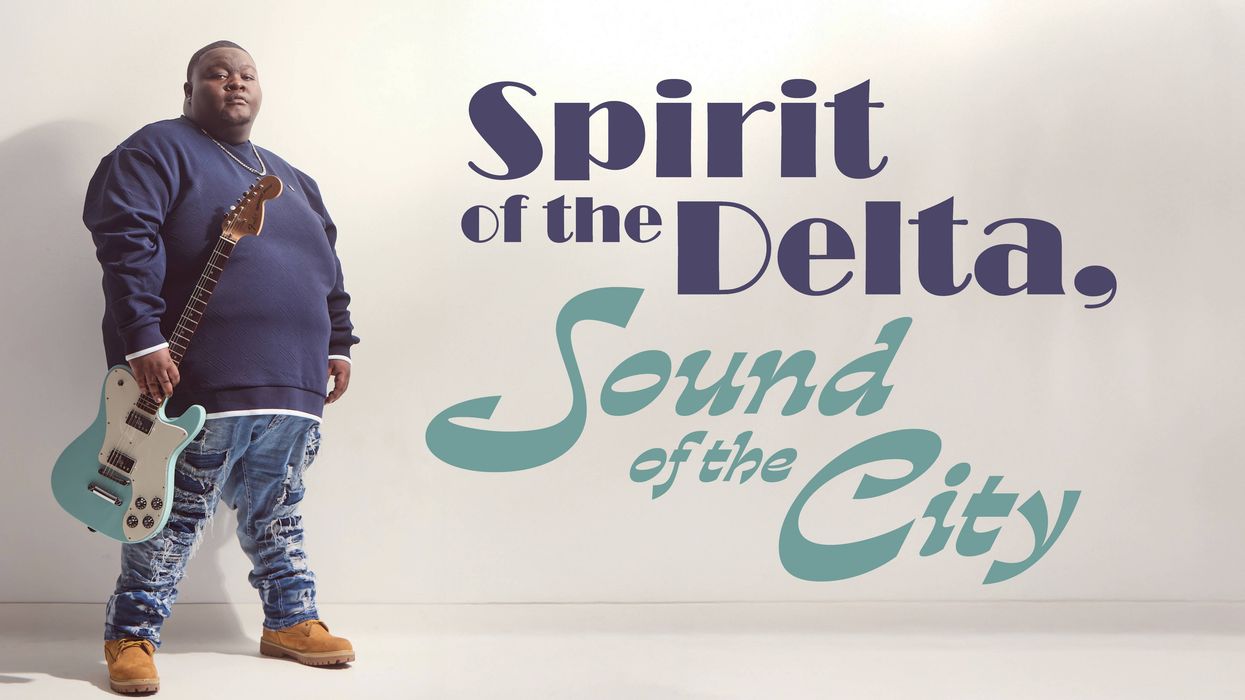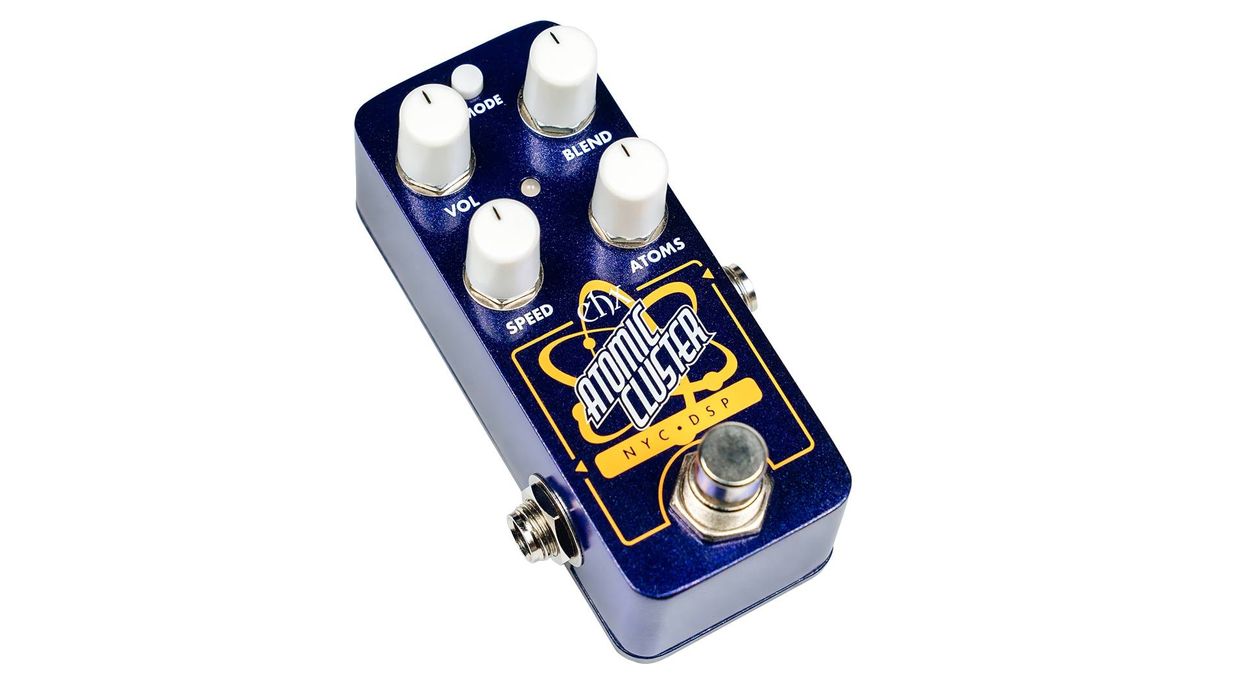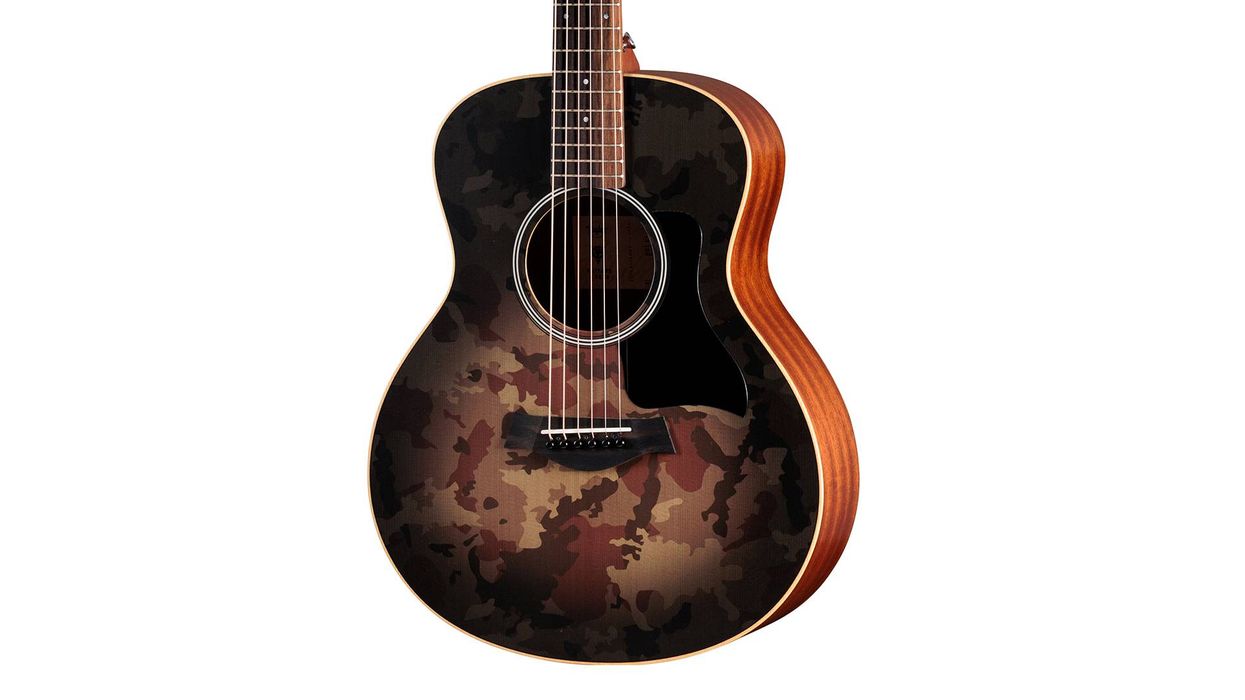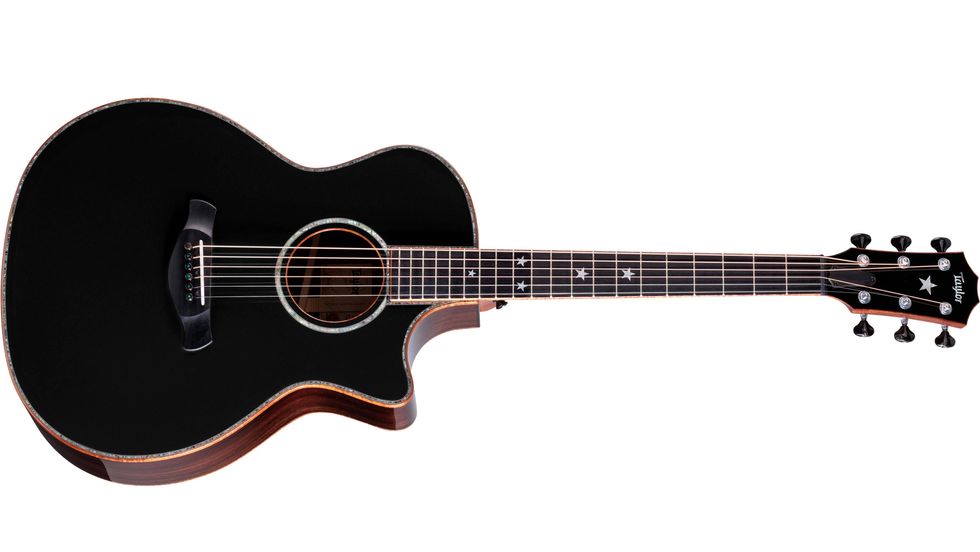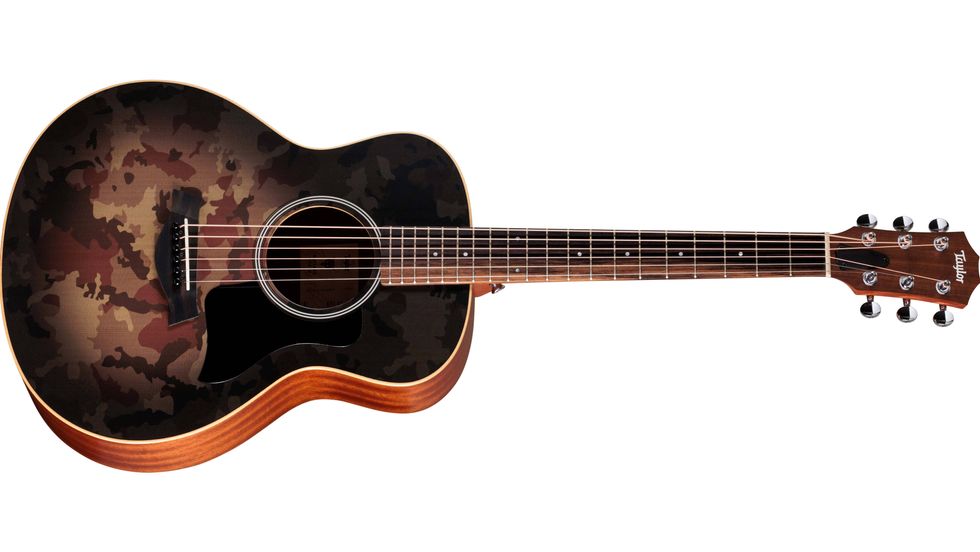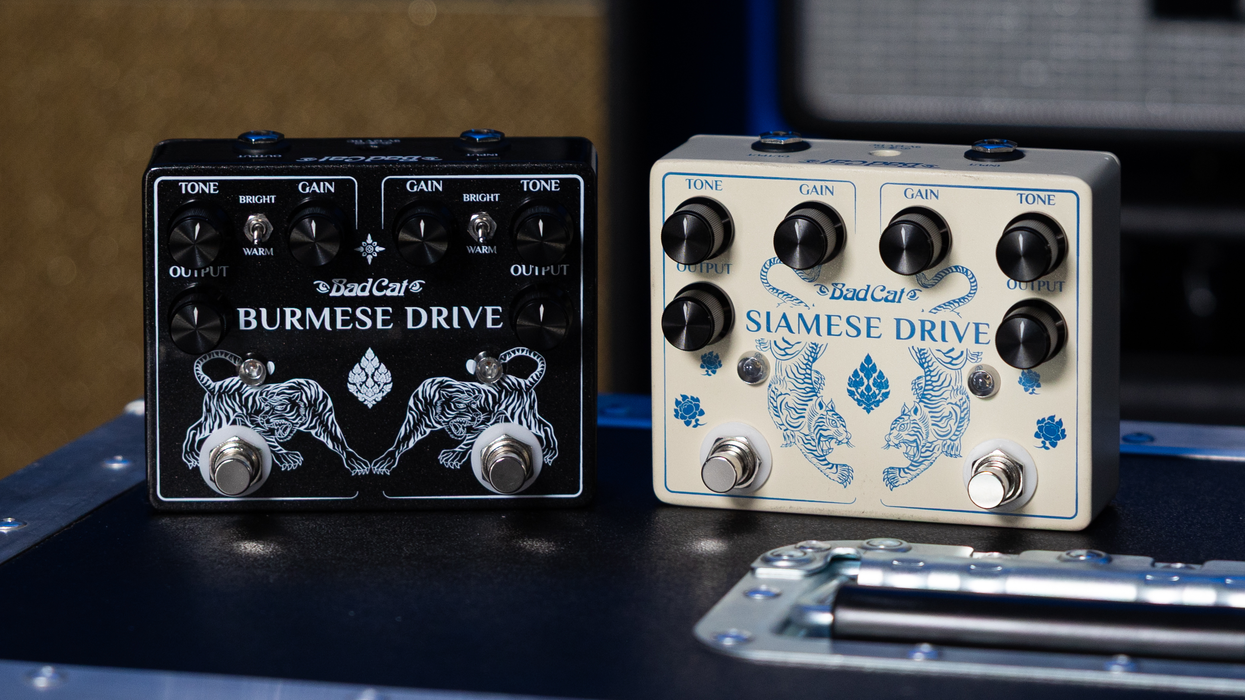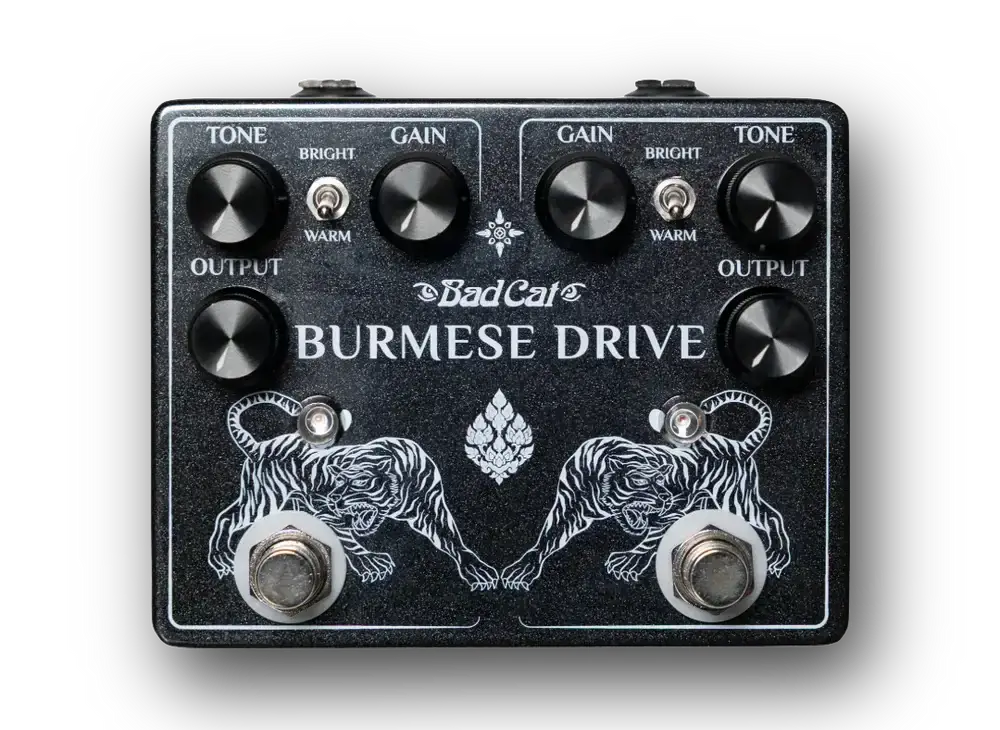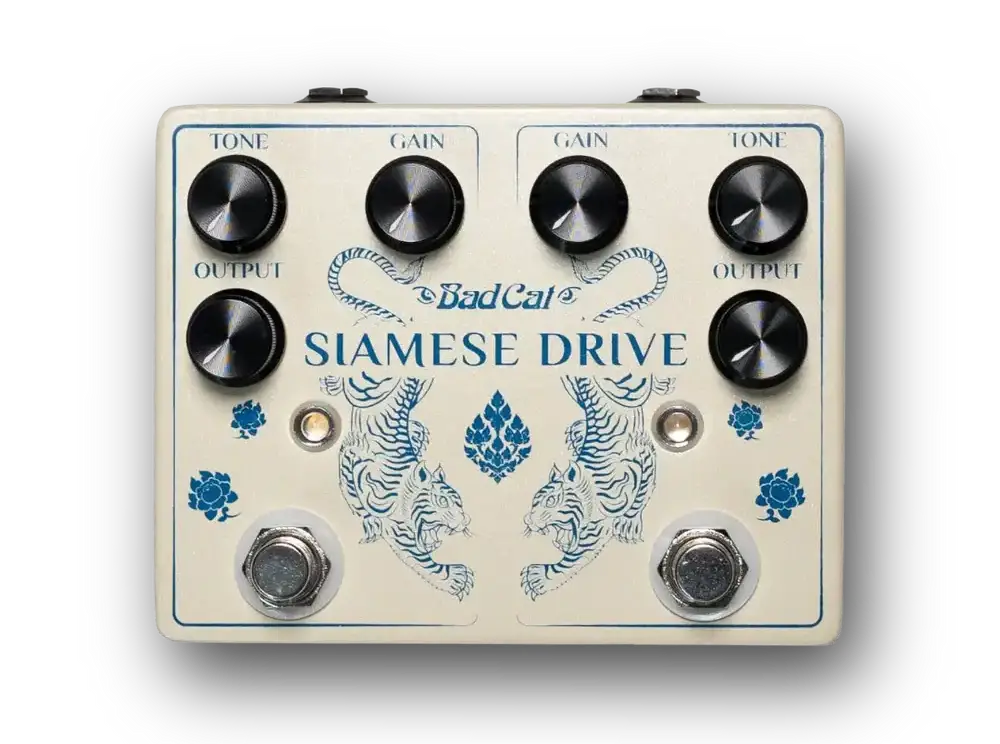This pedal offers dual engines, extended IR capability, and a powerful tri-core CPU.
The original BigSky pedal was released in 2013, becoming an icon by redefining how guitariststhe world over thought about reverb, and the new BigSky MX expands on the original design inevery facet. With a super fast tri-core 800 MHz ARM processor, BigSky MX can run two reverbalgorithms at once and route or pan the audio in a number of different ways. The new advancedconvolution engine allows a huge ten seconds of stereo impulse response playback per instance, along with full IR editing and a suite of custom long captures of classic studio tools and oddballvintage gear. Many of the new reverb algorithms are brand-new from the ground up, and weretuned using a state-of-the-art gradient descent algorithm to remove any unwanted artifacts andringing. A crisp OLED display provides clear information about the currently loaded preset, whichmakes managing dual reverb patches a snap.
BigSky MX features stereo I/O and discrete ClassA JFET input preamps, EXP/TRS MIDI, DIN MIDI and USB-C for connection to Strymon’s Nixie 2software editor.“We’ve been working on this thing for the better part of four years”, said Gregg Stock, Strymon’sCEO and co-founder. “It’s been a labor of love, and we knew that the legions of original BigSkyfans were counting on us to get it right the first time. In the end it exceeded all of ourexpectations, and we’re really happy with how it turned out.” Stock continues, “The 12 enginesin BigSky MX produce the absolute best ambiences we’ve ever made, and the ability to run twoengines at once and the impulse stuff is a major step forward.”
Pete Celi, Strymon’s co-founder and DSP guru adds “playing around with BigSky MX duringdevelopment has been a blast. The new algorithms are bigger, wider and cleaner than anythingwe’ve been able to achieve in the past, and impulse response playback is a welcome addition.We’ve included our very own long captures of some classic studio devices and some oddballvintage units collected by one of our engineers too, so there is an entire world of creative reverbin there to explore”.
The BigSky MX was designed and is manufactured in Los Angeles in the USA, and is available now directly from Strymon and from dealers worldwide for $679 US.
Strymon BigSky MX: Next-gen Reverb & Celestial Space-shaping — A Worthy Heir?
More info at https://www.strymon.net.
